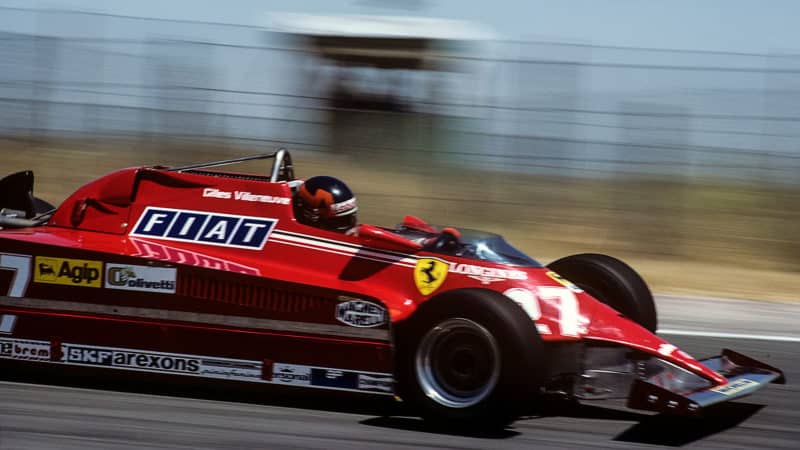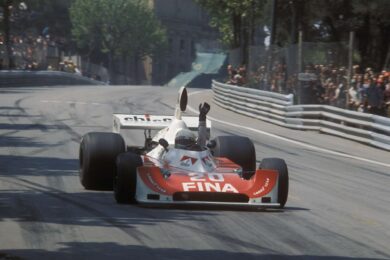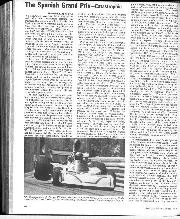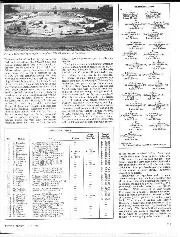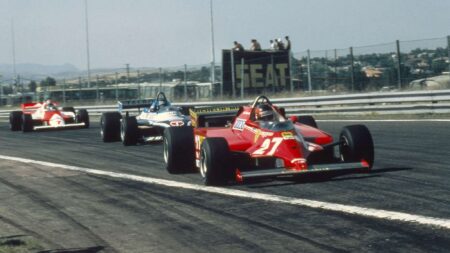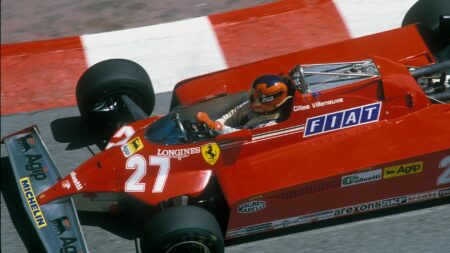“As I jogged around the circuit on the Thursday before the race, I noticed that many guardrails were tied with very thin wire. I told Teddy [Mayer, the then McLaren boss] that I was OK with normal risks but this was unacceptable. [Jean-Marie] Balestre [then FIA President] said I had to race or I’d be banned from the next race, Monaco. So I raced exactly one lap, pulled into the pits, then got out and drove to Barcelona Airport to fly home to Geneva.
“As I walked out into the arrivals hall, I was stopped by lots of TV reporters. I assumed they wanted to ask me why I didn’t race – but, no, they wanted to ask me what I thought of the fact that the race was stopped after just 29 laps, that there were a lot of big shunts, and that one of them caused the deaths of five spectators. Terrible. So I was right to defy Balestre, and of course he didn’t ban me from racing at Monaco.”
That leaves Jarama, near Madrid, which hosted nine championship grands prix and two non-championship F1 races between 1967 and 1981. It was narrow and twisty, was never therefore regarded at the time as a great circuit despite having been designed by John Hugenholtz, who also created the magnificent Suzuka, but it is in my view underrated. Only charismatic drivers ever won Formula 1 races there – Jim Clark, Graham Hill, Jackie Stewart, Emerson Fittipaldi, Niki Lauda, James Hunt, Mario Andretti, Patrick Depailler, Alan Jones and Gilles Villeneuve. The French-Canadian’s final grand prix win there in 1981, at Jarama’s last world championship event, was simply extraordinary.
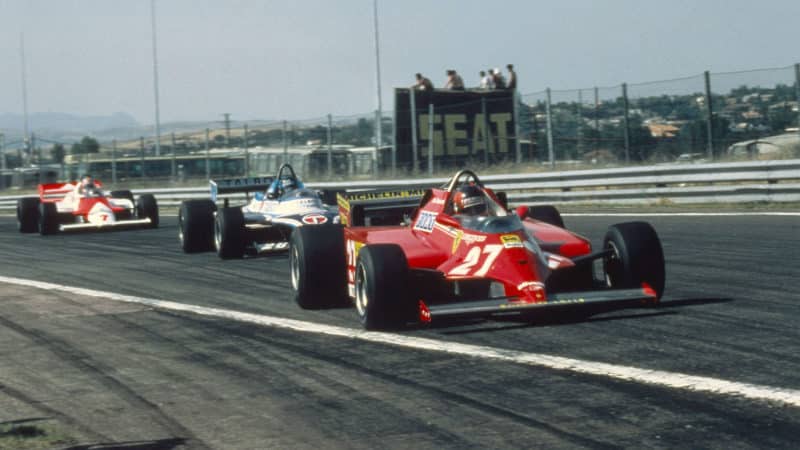
Villeneuve holds off a charging Laffite and Watson for a famous final F1 win in Jarama
DPPI
In a Ferrari that had no business being anywhere near the lead of a Formula 1 race – the 126C, which he called “a big red Cadillac” and the team’s new technical director Harvey Postlethwaite said had “a quarter of the downforce of the Williams, Brabham or Ligier” – Villeneuve did something almost impossible: he won. Not only did he win, but he won on a circuit on which overtaking was extremely tricky, despite having qualified only seventh, behind not only a number of Ligiers and Williamses but also a McLaren, a Renault and an Alfa Romeo. He crossed the finish line just ahead of a train of cars markedly wieldier than his big red Cadillac, the five of them covered by just 1.240 seconds. In the last few laps he switched off his rev limiter – to hell with the consequences – and his engine held together despite the abuse.
Was it Villeneuve’s greatest race victory? It was. It was one of the greatest race victories of all time.
